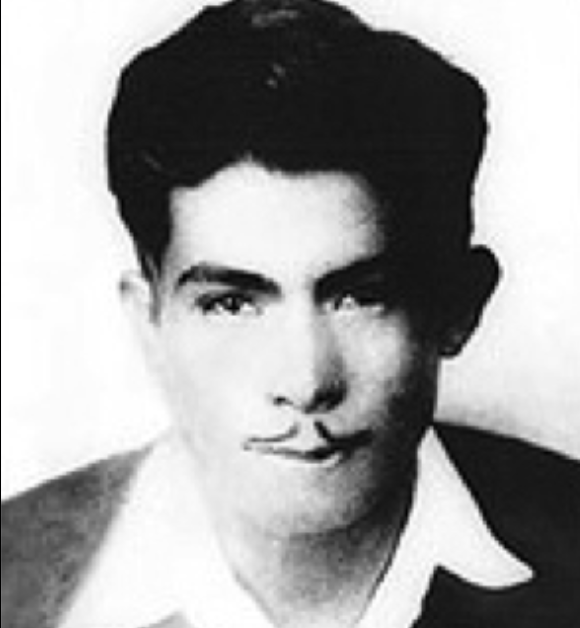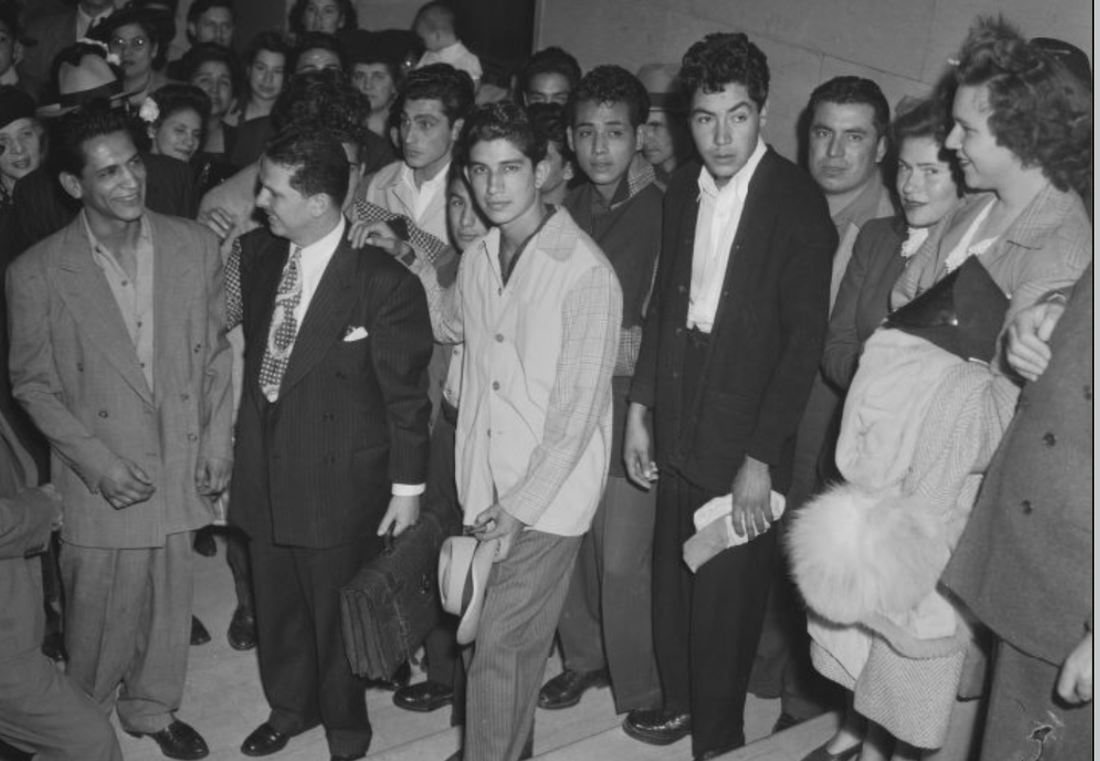On the night of August 1st, 1942, one couple, Henry Leyvas and Dora Barrios, were sitting in their car when some boys from Downey drove by. After being kicked out of a party, the Downey boys began shouting insults at the couple. Annoyed by the combative group, Leyvas exited his car, shouting insults back. About 20 minutes later, the Downey boys returned with reinforcements, attacking Leyvas and Barrios. After the assault concluded, Leyvas gathered back up from the 38th Street barrio to get revenge. They were led to the party the men were kicked out of (the Delgadillo family bunkhouse) and a punch was thrown, quickly escalating to a violent brawl. Once the fight ceased, the Delgadillo's searched for people in need of medical attention who did not escape the premises. The body of José Díaz, who was bruised, bloodied, and stabbed, was found by a searcher. Díaz was diagnosed with a concussion among other injuries upon his arrival at the hospital, soon dying of his wounds an hour and a half later.
After the murder of José Díaz at Sleepy Lagoon, the police used the conflict as an excuse to crackdown on Mexican-American “juvenile delinquency” and “youth gangs.” These actions were only to discriminate against other races, specifically Mexicans, to ensure they wouldn’t be considered a part of society. The Sleepy Lagoon Murder was the type of case that was usually ignored and not given much attention. However, the timing of José Díaz’s death occurred at the same time that leading officials in L.A. and Sacramento were discussing their concern about youth crime among minority populations in California. After the case gained traction, the police began to investigate the case further. They took the opportunity to arrest an estimated 600 Hispanic adolescents simply minding their own business during a dragnet for the Los Angeles area on juvenile delinquency. The police at that time wanted to prove that juvenile delinquency existed, and used this murder as an excuse to arrest an abundant amount of people.




